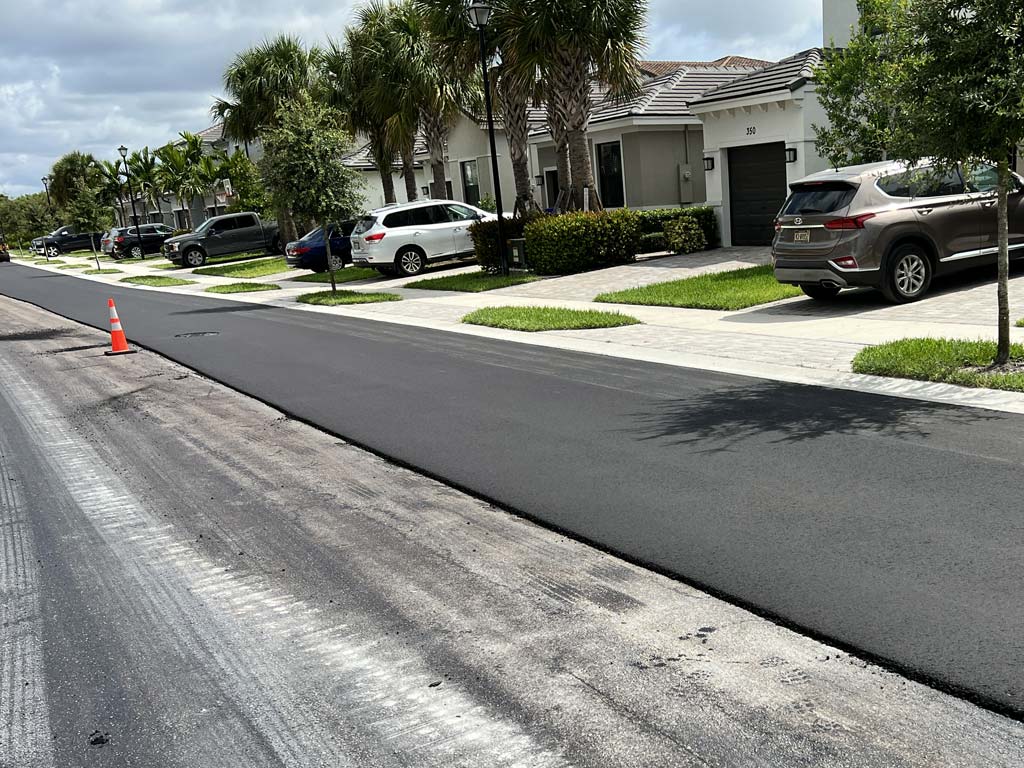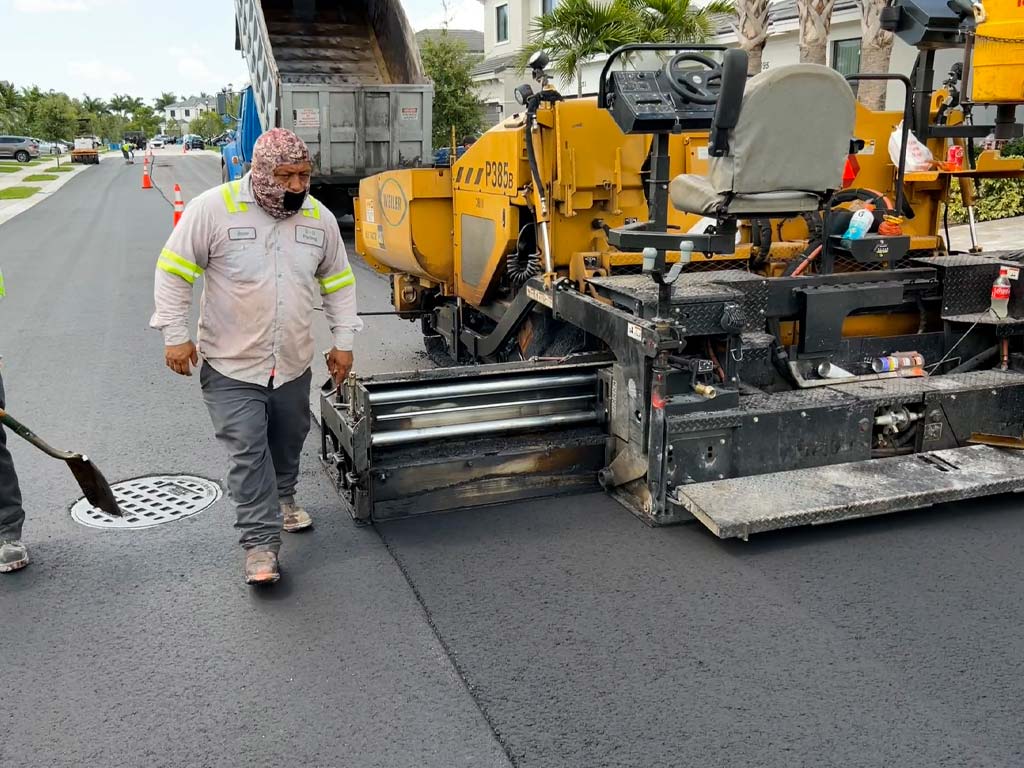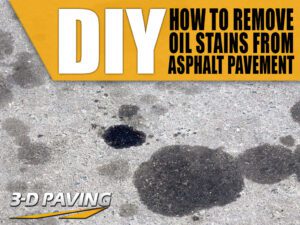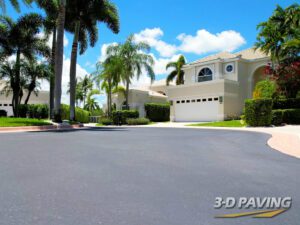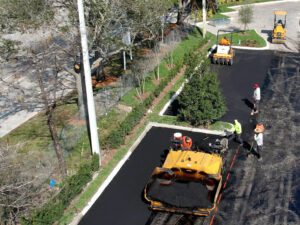The Guide to Choosing the Right Pavement Restoration for You
Asphalt surfaces are an integral part of our daily lives, providing smooth, durable surfaces for roads, driveways, and parking lots. Over time, however, these surfaces can become damaged due to various factors such as weather, UV exposure, and heavy traffic. To ensure long-lasting performance and an attractive appearance, it’s essential to know the right asphalt restoration method for your pavement. In this comprehensive guide, we’ll explore four primary techniques – Sealcoating, Patching, Resurfacing, and Milling & Overlay – and help you determine the best approach based on your pavement’s condition, extent of damage, and budget. With the right maintenance strategy, you can preserve the lifespan and functionality of your asphalt surfaces for years to come. Check out our list of asphalt services we offer here.
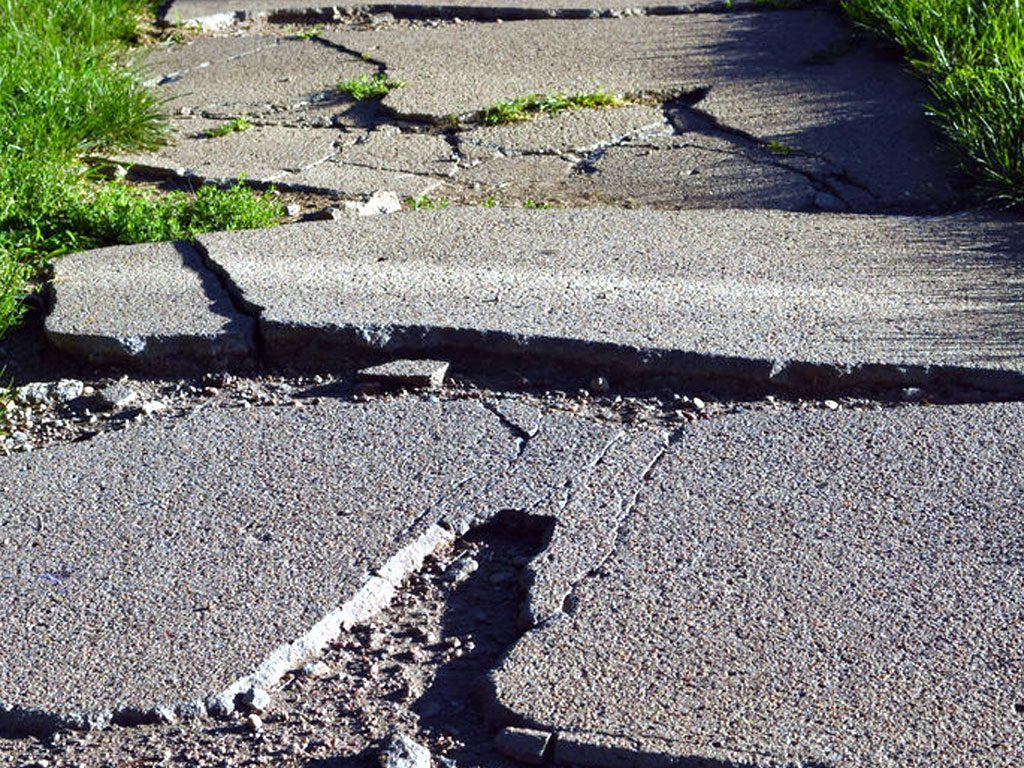
Sealcoating: Asphalt Restoration & Preservation.
- Best for: Preventive maintenance, protecting asphalt from environmental damage, and restoring appearance.
- Why: Sealcoating is an ideal option for those with relatively new or well-maintained asphalt surfaces. By applying a protective coating, you can safeguard your pavement from harmful UV rays, water, and other environmental elements that cause wear and tear. Additionally, sealcoating helps restore the asphalt’s appearance, making it look fresh and new. This process also fills in minor cracks and voids, which can prevent the ingress of water and reduce the likelihood of freeze-thaw damage in colder climates. Ultimately, sealcoating can extend the lifespan of your asphalt surface, making it a cost-effective choice for maintaining the pavement’s aesthetic and structural integrity while delaying the need for more expensive repairs or replacement.
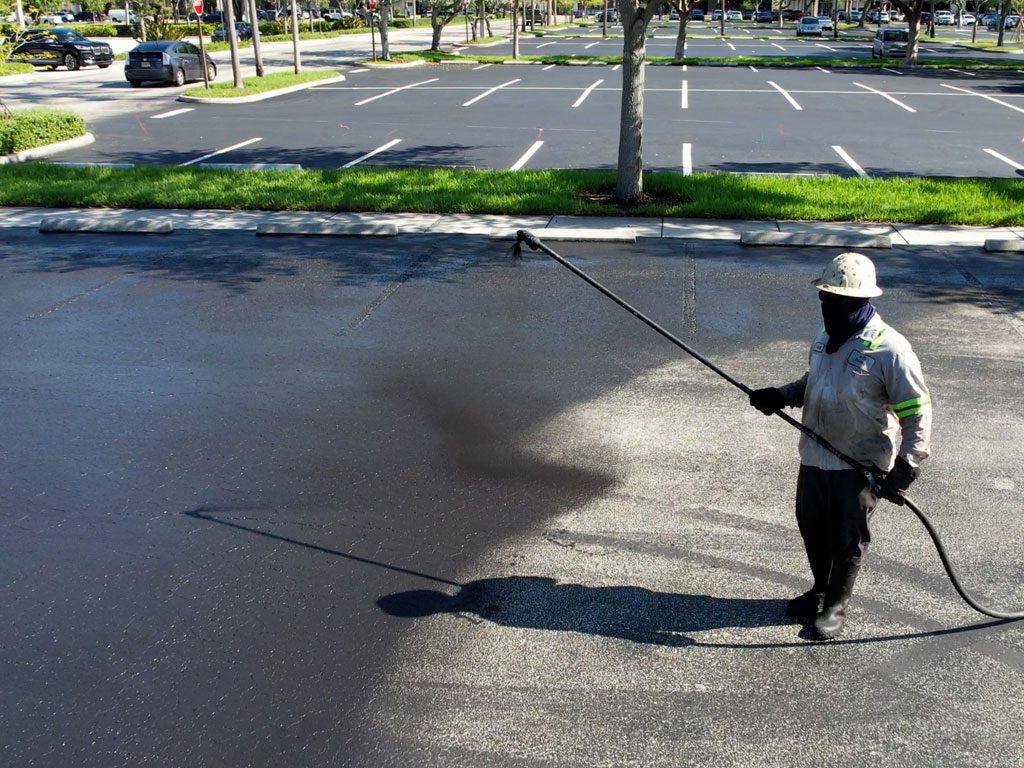
Patching: Fixing Potholes, Cracks & other Imperfections.
- Best for: Repairing potholes, large cracks, or localized damage.
- Why: Patching is the preferred method when dealing with isolated areas of damage on an otherwise sound asphalt surface. It involves removing and replacing the damaged asphalt, creating a smooth and long-lasting repair. The process typically includes cutting out the damaged area, preparing the base, installing new asphalt, and compacting it to create a seamless surface. While patching can be more expensive than crack sealing, it is a more permanent solution that helps prevent further damage and deterioration. By addressing these problem areas promptly, you can extend the life of your pavement and maintain a safe, functional surface for vehicles and pedestrians.
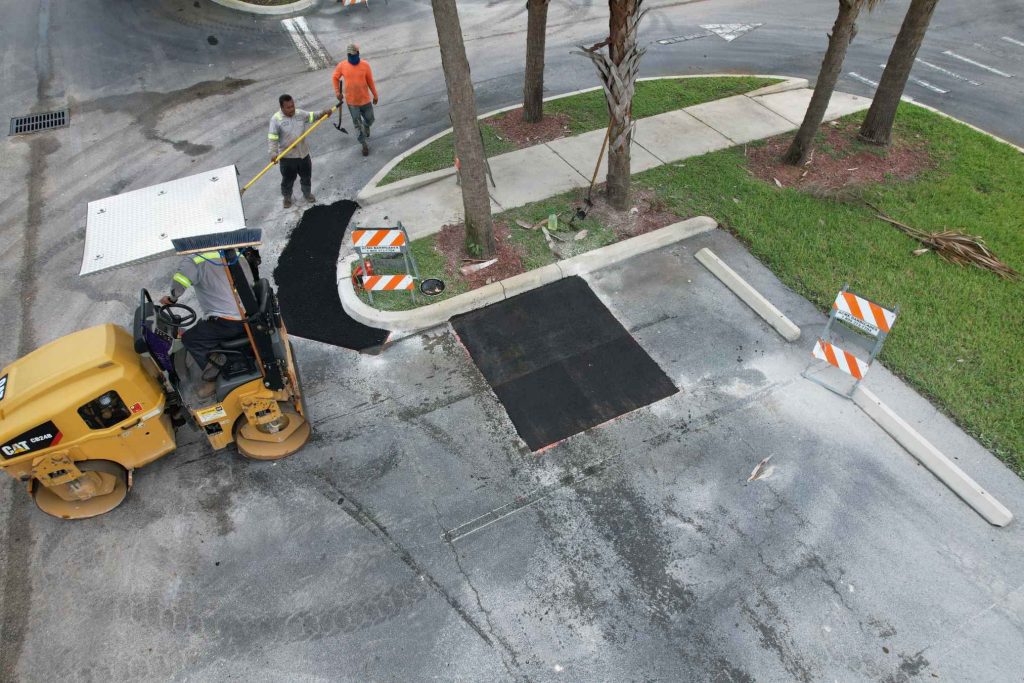
Overlay: Overlay your current asphalt surface with a fresh lift of asphalt.
- Best for: Addressing minor cracks and surface damage, revitalizing the appearance of older asphalt.
- Why: Overlaying is ideal if the asphalt surface is still in good condition overall but has some minor cracks and surface imperfections, resurfacing is an ideal choice. This method involves applying a new layer of asphalt, typically 1-2 inches thick, over the existing surface. The process not only helps to seal minor cracks and improve the appearance of the pavement but also adds a layer of protection, extending the life of the asphalt. Additionally, resurfacing can help restore skid resistance, making the surface safer for vehicles and pedestrians. Resurfacing is generally less expensive than replacing the entire asphalt surface, making it an attractive option for those on a budget or looking to improve the aesthetics and functionality of their pavement without undertaking a complete overhaul.
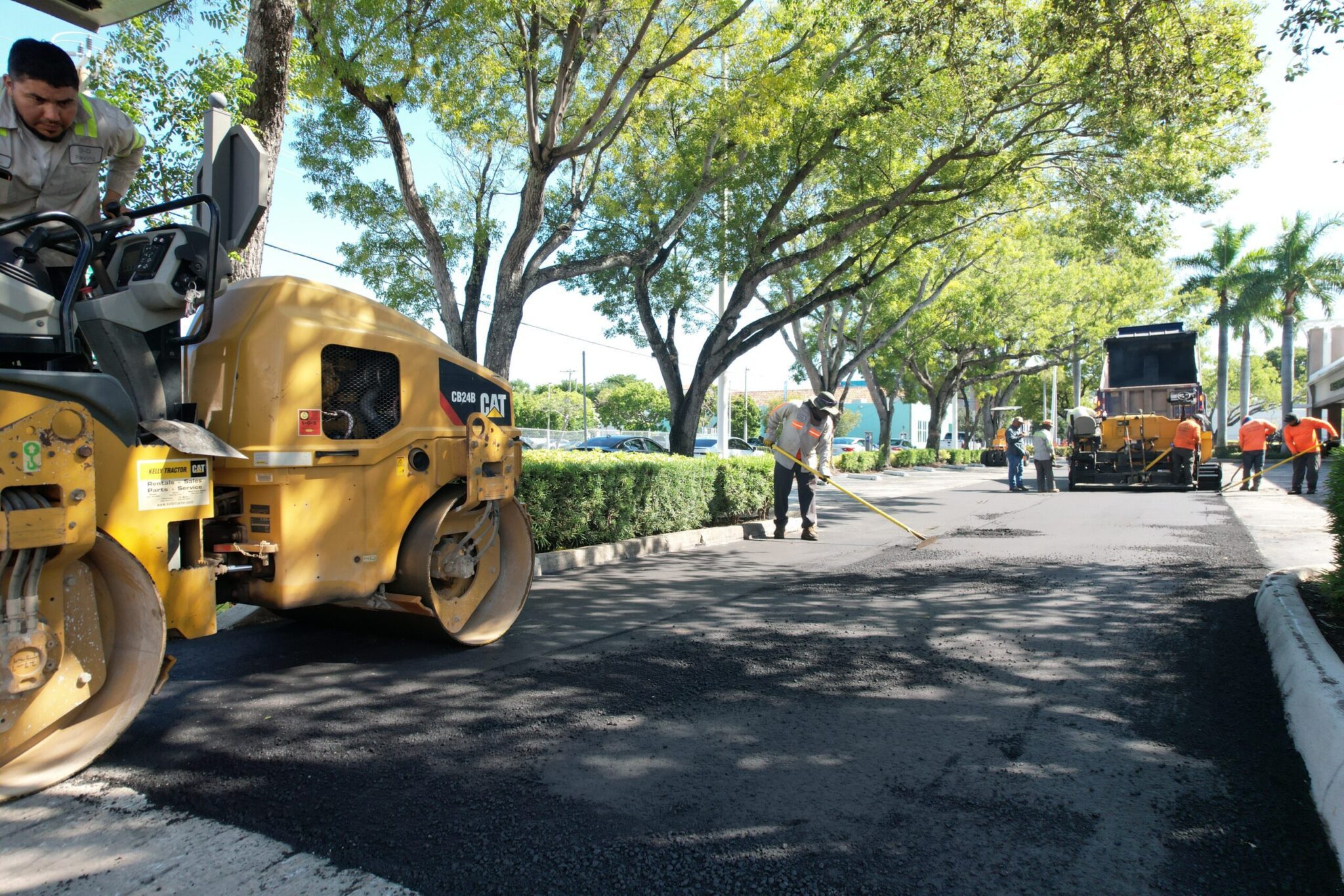
Mill and Overlay
- Best for: Repairing significant surface damage or extensive wear and tear.
- Why: Milling and overlay is the most suitable method when the existing asphalt surface has severe damage, extensive wear, or has reached the end of its useful life. This process involves removing the top layer of the asphalt, typically about 1.5 inches, using specialized milling equipment. The milled surface is then cleaned and prepared for the installation of a new layer of asphalt. By removing the damaged layer and applying a new one, you are providing a fresh, durable surface that can better withstand traffic and environmental conditions. Although milling and overlay is a more extensive and costly process than resurfacing, it is necessary for situations where the existing surface is beyond repair or requires substantial restoration. This method can extend the life of your pavement, ensure safety, and provide a smooth, visually appealing surface for years to come.
